https://youtu.be/T6FXjwyKDak
Perhaps some of you can relate to this feeling: The UPS guy comes into your office and calls out your name. You drop everything you’re doing and run across the room — you’ve just received a package that you’ve been excitedly tracking three times a day as it crossed the country. When this happened to me yesterday and I heard someone saying, “I’m looking for Andrew Nu—,” I was out of my seat before he could say my last name.
When this phenomenon is applied to crowdfunding, it’s no surprise that the excitement you feel is significantly heightened. You know whatever is in that box is something that you helped bring to life, and its arrival is something you’ve patiently been awaiting.
Such was the case (pun intended) yesterday, when this arrived:

You might remember the Yellow Jacket campaign on Indiegogo — a campaign to bring to life an iPhone 4 case with a built-in stun gun. The project was the brainchild of Seth Froom, who developed the concept after being the victim of a home invasion. He realized that, though most people don’t regularly carry the self-defense devices they already own, they do, however, always have their phones nearby. The Yellow Jacket iPhone case leverages this reality.
If the whole concept sounds a bit wild to you, you are not alone — but that’s the beauty of crowdfunding. Seth was able to test his idea on the market through Indiegogo to see if anyone would be interested in a product that might seem outlandish to some. The market responded: 840 contributors stepped up to claim their very own Yellow Jacket, helping Seth and his co-founder Sean Simone raise $100,751.
From there, the magic began. Despite some skepticism amongst crowdfunding neighsayers, a 3D rendering can come to life with the help of the crowd. This was certainly true for Yellow Jacket. Seth and his team quickly took the funds they raised on Indiegogo to bring their idea to market — from dealing with manufacturers to getting their product registered. They were able to make this moment happen, the full-circle crowdfunding experience:
Our Yellow Jacket came!!! (an iPhone stun gun case) vine.co/v/b6wJUzFZrVi
— Indiegogo (@Indiegogo) February 20, 2013
Having known about Yellow Jacket from the days when it was just an idea, a pitch video, and a couple thousand dollars raised, it was truly incredible to hold the finished product and see it spring to life — the literal power of crowdfunding.
Wanting to know more about the story behind the Yellow Jacket, I got an opportunity to speak to co-founders Seth Froom and Sean Simone:
What was the state of the yellowjacket pre-crowdfunding?
Seth: Yellow Jacket was a conceptualization; a 3D rendering that had been prototyped but lacked the capital to launch a production line.
Why did you decide to crowdfund?
Seth: We knew we were on to something when our Alma Mater, LSU, awarded us $5,500 for winning the 2012 Student Venture Challenge in April of that year. We tried to raise traditional investment capital for a few months but had a hard time introducing a consumer electronic product to a region of businessmen who have made their money in traditional commodity industries, such as oil and agriculture.
How did you find out about Indiegogo? What went into your decision to choose Indiegogo?
Seth: I learned of Indiegogo from TechCrunch long before I thought crowdfunding would ever be an applicable word for me. Until Pebble shattered all preconceived notions of what crowdfunding could do for technology entrepreneurship, the standard (especially in non-technical communities) was to get capital investment and launch. We attempted to do this to the point of frustration, at which point we decided to take it to the internet and see what kind of reception we would get internationally.
Sean: We both knew about Indiegogo because of our passion for all things technology, gagdets, startups, entrepreneurship and fundraising, but it took some prodding by 2 or 3 people before we cut the check for our Indiegogo promo video. This was basically 50% of the money that we hand on hand at the time, so it was a big commitment.
What was your crowdfunding experience like?
Seth: My crowdfunding campaign was a roller coaster of emotions. After launching to our personal and extended networks, we quickly dried up all leads and only sold 40 units in the first 2 weeks. Things were looking gloom and we thought traditional investment might be the only route, but little did we know we just hadnt had any exposure. On a tuesday morning in July 2012, Silicon Valley blogger Mike Elgan picked it up somehow and published it to his Google+ account. From there, Mashable caught it, and CNN, and BBC, and in the following 2 weeks we sold 970 units and had hundreds of interviews and publications on 6 continents (I need to check in on Antarctica and make it 7!). We hit our $100,000.00 goal with 3 hours left in our campaign. So it went something like excitement at launch, disappointment at stall, elation at Mike Elgan, and relief at hitting our goal.
Sean: Mike Elgan and Mashable were the first two major sources to pick us up. We had done one or two blogger/podcast interviews and sent out a press release to tech reporters and PRwire before this, but hadn’t had any large success. Once Mashable tweeted about us we knew that we had a chance to hit our goal. Seeing ourselves on TV on CNN was another big indicator to us that we were on our way. When CNN aired us we were only at $12-13K. We also got help from our local new stations, and FOX 10 in Phoenix picked up the story on us that I’m sure reach a large portion of Phoenix. Our social media presence was existent but very small at the time.
https://youtu.be/gMhlMmUyj2A
What were some non-monetary benefits of your campaign?
Seth: The exposure was huge for us, especially online exposure. It helped us solidify and bolster our page ranking and internet presence. Having so much positive press generated was a blessing as well, it has continued to spark clusters of interviews and created a chain reaction of events, publications, press and continued exposure that is still unfolding 7 months after our campaign ended.
How did you implement your funds to help bring your product to market?
Seth: The large majority of funds went to the establishment of a production line, the production of the 1,000 units we sold on indiegogo, and the incurred costs that go along with the production and distribution of an electroshock weapons system (taxes, legal fees, insurance, product liability, etc.) We used what we had left over to build our ecommerce web portal that will be launching in the next 2 weeks (www.yellowjacketcase.com) as well as some marketing collateral and debuted the finished production model Yellow Jacket at the 2013 SHOT Show in Las Vegas, NV in January.
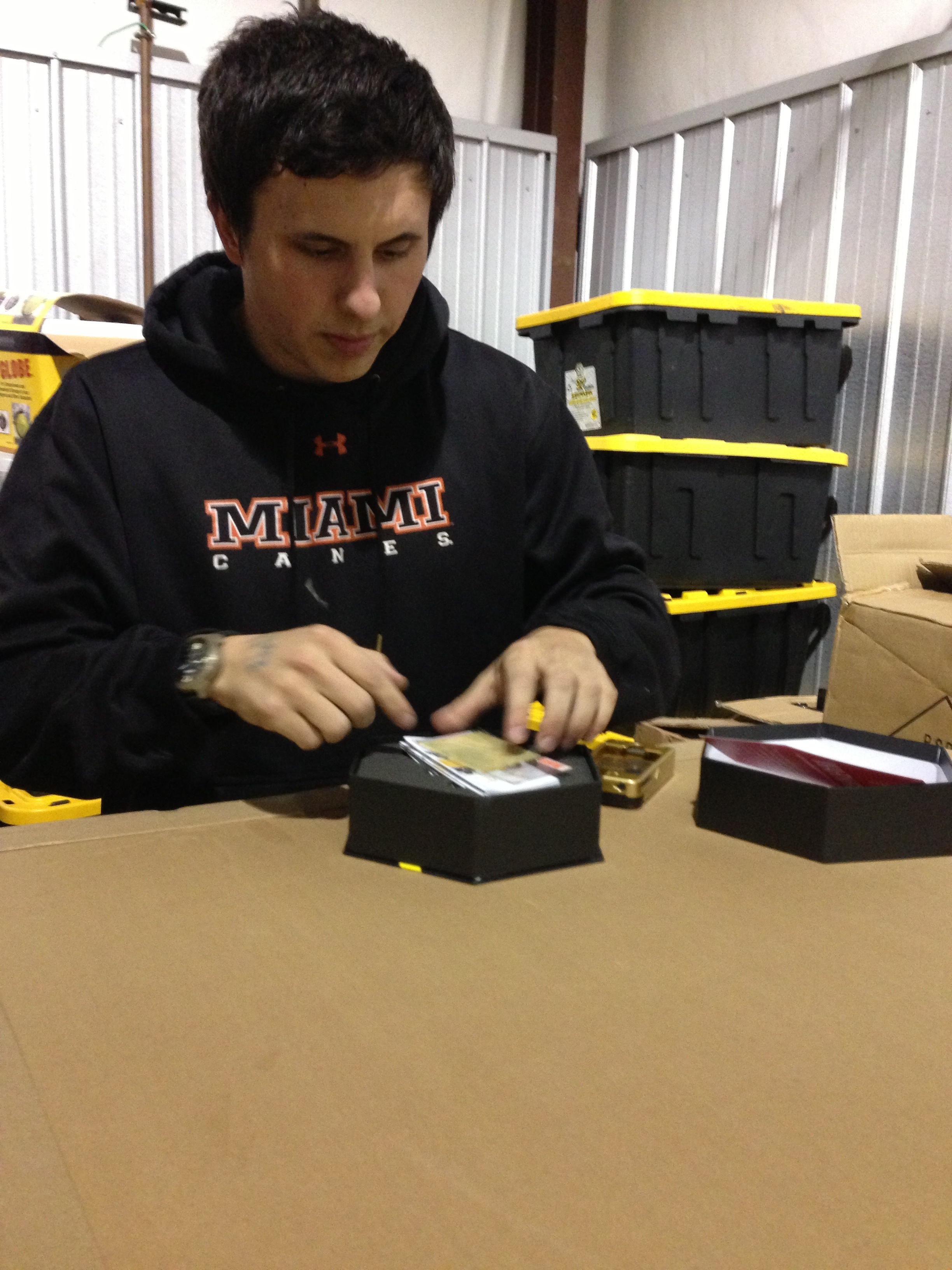
What long-term impact do you see your campaign having on your business?
Seth: Our campaign help us cement the foundation we had built. We are revolutionizing the cell phone accessories market. Our 3 tiered benefit is unlike any competitor on the market. Because of our successful campaign we were able to bring on several key advisors and close a round of funding that will help us ensure Yellow Jacket continues through all scheduled developments.
What’s next for yellowjacket?
Seth: Currently on deck is the completion of Yellow Jacket for the iPhone 5 and Samsung Galaxy S3, both scheduled to enter production in March. After that will be the launch of an accessories market (belt clips, arm bands, etc.) and other product rollouts focused on the area of mobile protection & self-defense. Look for continued models, refinements, an expanding number of models in our lineup and heavy R&D that will lead to an increasingly effective solution that keeps your phone charged and keeps you from becoming a victim.
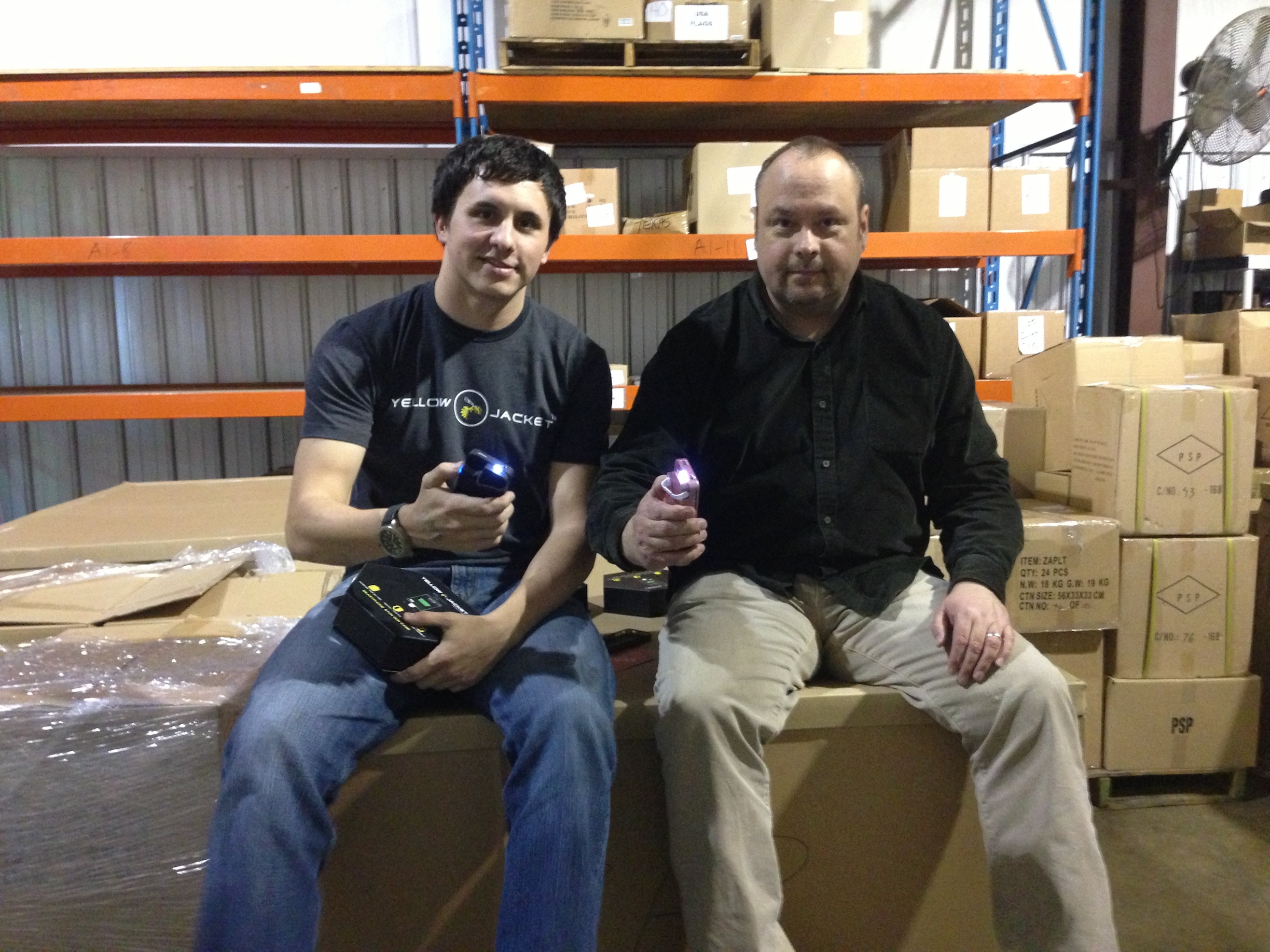
Want to find out more about the Yellow Jacket? Visit their website! If you’d like more tips and insights into running a successful Indiegogo campaign, download our free Campainger Field Guide!
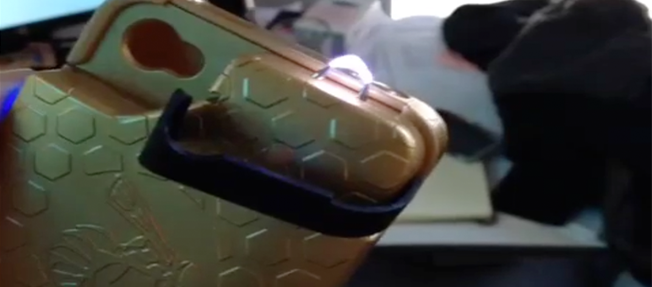
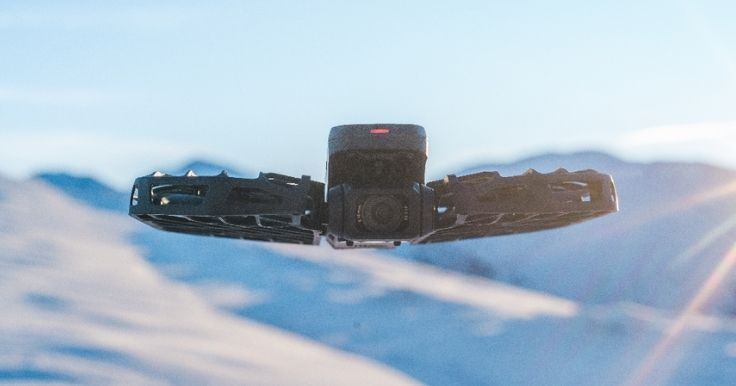
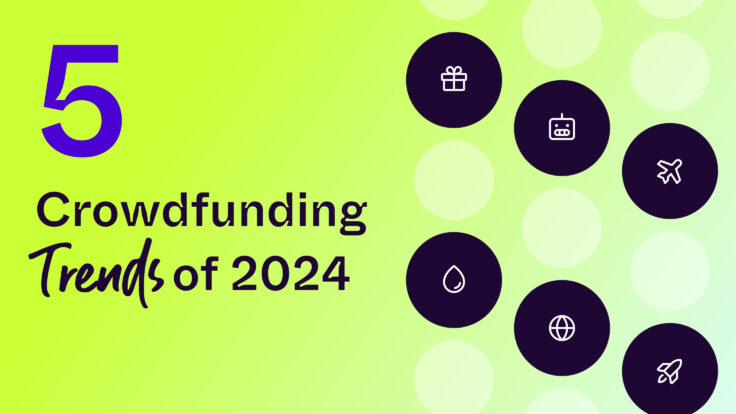
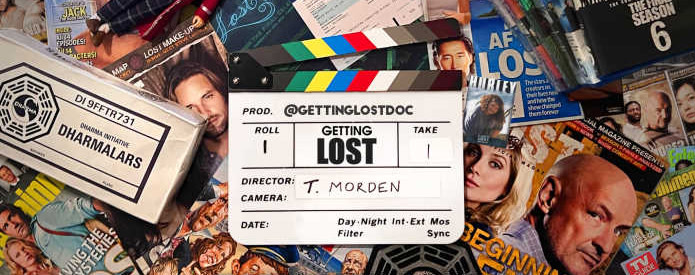
You must be logged in to post a comment.